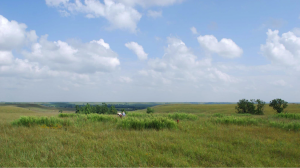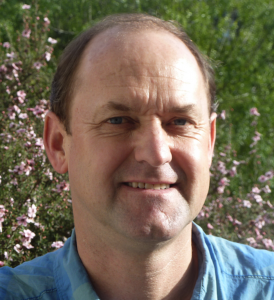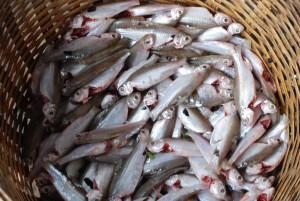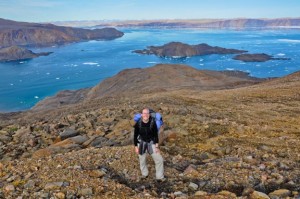Evidence from the past several decades shows that species distributions are shifting in response to climate change. However, even the most robust studies attribute less than half of observed changes in species distributions to local climate factors. Foundational ecology considers climate as just one of many drivers that determine species distributions. I will review five prevalent mechanisms that may explain some of the high variance around the relationship between species range shifts and climate velocity, and describe how they might affect a species’ climate tracking: (1) biogeographic boundaries, (2) habitat gaps and fragmentation, (3) biotic interactions such as competition, predation, and mutualism, (4) other abiotic constraints including light and trace elements, and (5) life history traits that determine dispersal capacity. This work supports conservation initiatives for threatened species by highlighting several processes that may limit their potential redistribution, and can inform analyses of observational data and species distribution models that seek to incorporate multiple processes rather than climate alone.
Alexa Fredston-Hermann
fredstonhermann@ucsb.edu
Alexa is a third-year PhD student at the Bren School of Environmental Science & Management at UCSB. Her research focuses on biogeographic processes that may prevent species from tracking climate change, particularly in the oceans. She has also studied human impacts to coastal marine ecosystems, and participated in the Ridges to Reef Fisheries SNAPP Working Group. Before entering graduate school, she worked for the Environmental Defense Fund on management of the West Coast groundfish fishery, and graduated from Princeton University in 2012 with a B.A. in Ecology and Evolutionary Biology.








